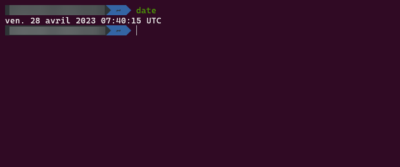DUF: show available disk space on Ubuntu
In this tutorial, I will explain how to install duf to show available disk space on Ubuntu. DUF is a command line utility that allows you to view available disk space on Linux and Windows in a terminal. If you are used to using Linux, you probably know the following command: df -h which allows …









